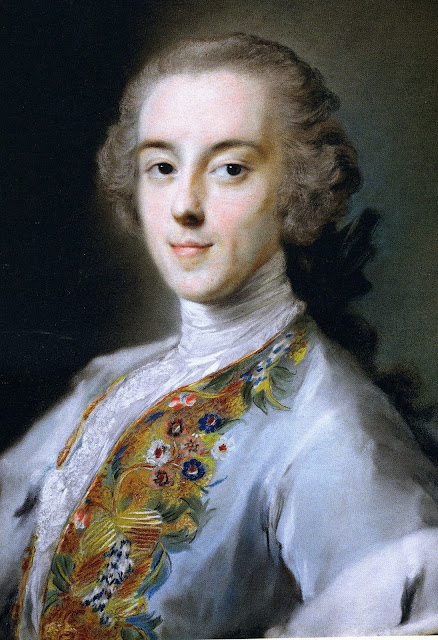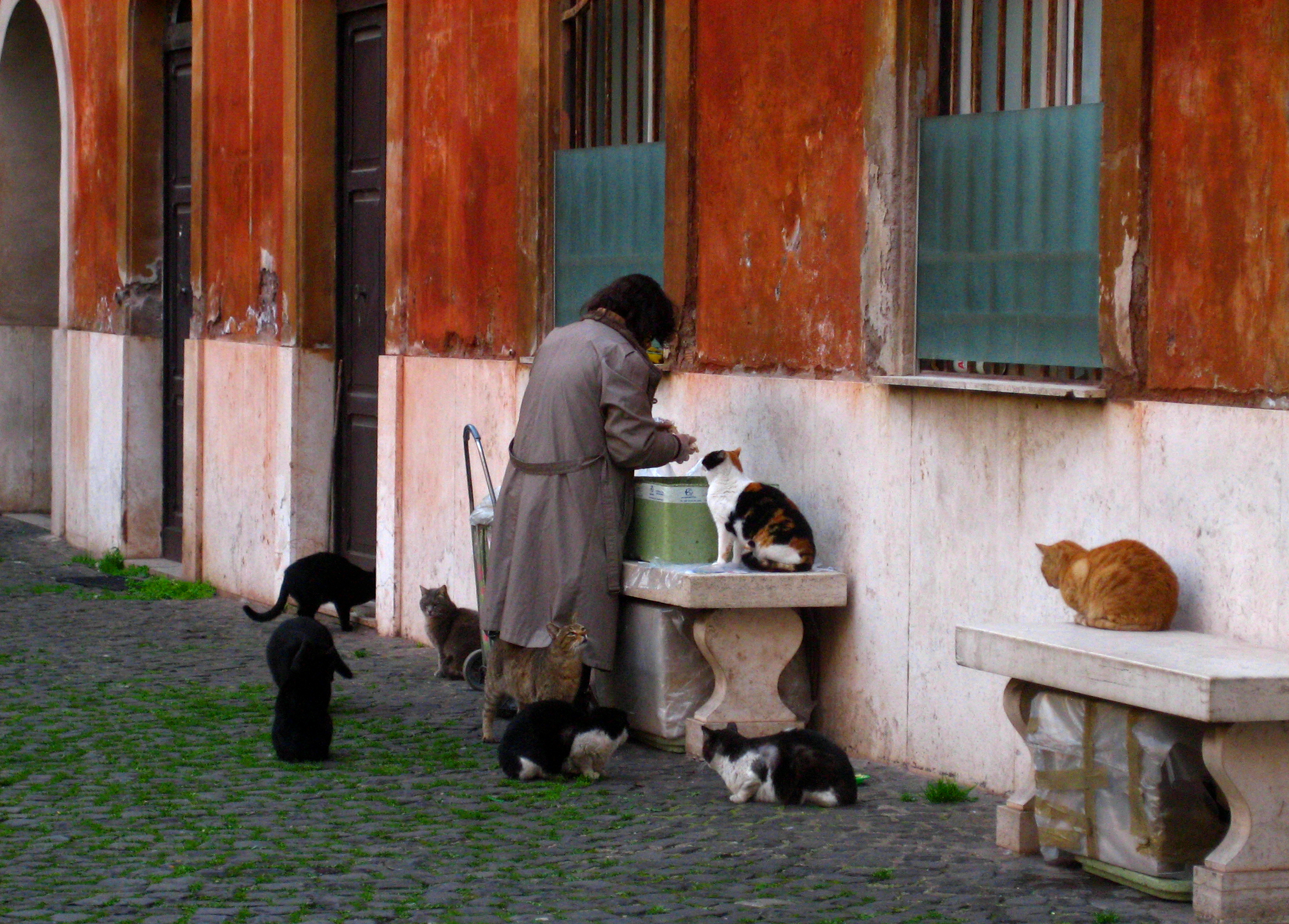|
Margaret Minifie
Margaret Minifie (15 July 1734 – 11 May 1803) was a "a minor eighteenth-century sentimental novelist""Margaret Minifie." Orlando: Women’s Writing in the British Isles from the Beginnings to the Present. Cambridge UP. Accessed 11 Jun. 2022.Orlando whose career has tended to have been overshadowed by that of her sister, Susannah Gunning. A number of Minifie's works have historically been attributed to Gunning but recently, critics have sought to disentangle their two histories. Life Her father was James Minifie (1707–1789), a clergyman of Staplegrove, near Taunton, Somerset, and her mother was Margaret Minifie (1710–1782). Minifie did not marry and, as she was close to her sister, she lived with her and her family for most of her life. She died at age 68 and was buried in Staplegrove, the place of her birth. Work Minifie's sister Susannah was also a writer and the pair collaborated on at least two novels: ''The histories of Lady Frances S— and Lady Caroline S—'' ( ... [...More Info...] [...Related Items...] OR: [Wikipedia] [Google] [Baidu] |
Susannah Gunning
Susannah Gunning, ''née'' Minifie (c. 1740 – 28 August 1800 London) was a British writer and novelist. She and her family were the centre of a society scandal in 1791 which revolved around a suitor for her daughter, Elizabeth Gunning (translator), Elizabeth Gunning. Biography Susannah Gunning was one of at least two daughters of Reverend Dr. James Minifie. Her sister was Margaret Minifie.Gunning Family Overview Unl.edu. Retrieved 10 August 2011. Not much is known about her life prior to the publication of her first novel in 1763. By this point, she lived in Fairwater, Somerset. On 8 August 1768, she married Captain John Gunning (soldier), John Gunning of the 65th Regiment of Foot, who distinguished himself at the Battle of Bunker Hil ... [...More Info...] [...Related Items...] OR: [Wikipedia] [Google] [Baidu] |
Horace Walpole
Horatio Walpole, 4th Earl of Orford (; 24 September 1717 – 2 March 1797), better known as Horace Walpole, was an English Whig politician, writer, historian and antiquarian. He had Strawberry Hill House built in Twickenham, southwest London, reviving the Gothic style some decades before his Victorian successors. His literary reputation rests on the first Gothic novel, '' The Castle of Otranto'' (1764), and his ''Letters'', which are of significant social and political interest. They have been published by Yale University Press in 48 volumes. In 2017, a volume of Walpole's selected letters was published. The youngest son of the first British Prime Minister, Sir Robert Walpole, 1st Earl of Orford, he became the 4th and last Earl of Orford of the second creation on his nephew's death in 1791. Early life: 1717–1739 Walpole was born in London, the youngest son of British Prime Minister Sir Robert Walpole and his wife, Catherine. Like his father, he received early educatio ... [...More Info...] [...Related Items...] OR: [Wikipedia] [Google] [Baidu] |
18th-century British Women Writers
The 18th century lasted from 1 January 1701 (represented by the Roman numerals MDCCI) to 31 December 1800 (MDCCC). During the 18th century, elements of Enlightenment thinking culminated in the Atlantic Revolutions. Revolutions began to challenge the legitimacy of monarchical and aristocratic power structures. The Industrial Revolution began mid-century, leading to radical changes in human society and the environment. The European colonization of the Americas and other parts of the world intensified and associated mass migrations of people grew in size as part of the Age of Sail. During the century, slave trading expanded across the shores of the Atlantic Ocean, while declining in Russia and China. Western historians have occasionally defined the 18th century otherwise for the purposes of their work. For example, the "short" 18th century may be defined as 1715–1789, denoting the period of time between the death of Louis XIV of France and the start of the French Revolution, ... [...More Info...] [...Related Items...] OR: [Wikipedia] [Google] [Baidu] |
18th-century English Women Writers
The 18th century lasted from 1 January 1701 (represented by the Roman numerals MDCCI) to 31 December 1800 (MDCCC). During the 18th century, elements of Age of Enlightenment, Enlightenment thinking culminated in the Atlantic Revolutions. Revolutions began to challenge the legitimacy of monarchical and aristocratic power structures. The Industrial Revolution began mid-century, leading to radical changes in Society, human society and the Natural environment, environment. The European colonization of the Americas and other parts of the world intensified and associated mass migrations of people grew in size as part of the Age of Sail. During the century, History of slavery, slave trading expanded across the shores of the Atlantic Ocean, while declining in Russian Empire, Russia and Qing dynasty, China. Western world, Western historians have occasionally defined the 18th century otherwise for the purposes of their work. For example, the "short" 18th century may be defined as 1715� ... [...More Info...] [...Related Items...] OR: [Wikipedia] [Google] [Baidu] |
1804 Deaths
Events January–March * January 1 – Haiti gains independence from France, and becomes the first black republic. * February 4 – The Sokoto Caliphate is founded in West Africa. * February 14 – The First Serbian uprising begins the Serbian Revolution. By 1817, the Principality of Serbia will have proclaimed self-rule from the Ottoman Empire, the first nation-state in Europe to do so. * February 15 – New Jersey becomes the last of the northern United States to abolish slavery. * February 16 – First Barbary War: Stephen Decatur leads a raid to burn the pirate-held frigate at Tripoli to deny her further use by the captors. * February 18 – Ohio University is chartered by the Ohio General Assembly. * February 20 – Hobart is established in its permanent location in Van Diemen's Land (modern-day Tasmania) as a British penal colony. * February 21 – Cornishman Richard Trevithick's newly built ''Penydarren'' steam locomotive operates on the Merthyr Tramroad, betwe ... [...More Info...] [...Related Items...] OR: [Wikipedia] [Google] [Baidu] |
1730s Births
Year 173 ( CLXXIII) was a common year starting on Thursday of the Julian calendar. At the time, it was known as the Year of the Consulship of Severus and Pompeianus (or, less frequently, year 926 ''Ab urbe condita''). The denomination 173 for this year has been used since the early medieval period, when the Anno Domini calendar era became the prevalent method in Europe for naming years. Events By place Roman Empire * Gnaeus Claudius Severus and Tiberius Claudius Pompeianus become Roman Consuls. * Given control of the Eastern Empire, Avidius Cassius, the governor of Syria, crushes an insurrection of shepherds known as the Boukoloi. Births * Maximinus Thrax ("the Thracian"), Roman emperor (d. 238) * Mi Heng, Chinese writer and musician (d. 198) Deaths * Donatus of Muenstereifel, Roman soldier and martyr (b. AD 140 Year 140 ( CXL) was a leap year starting on Thursday of the Julian calendar. At the time, it was known as the Year of the Consulship of Hadrianus a ... [...More Info...] [...Related Items...] OR: [Wikipedia] [Google] [Baidu] |
18th-century Births
The 18th century lasted from 1 January 1701 (represented by the Roman numerals MDCCI) to 31 December 1800 (MDCCC). During the 18th century, elements of Enlightenment thinking culminated in the Atlantic Revolutions. Revolutions began to challenge the legitimacy of monarchical and aristocratic power structures. The Industrial Revolution began mid-century, leading to radical changes in human society and the environment. The European colonization of the Americas and other parts of the world intensified and associated mass migrations of people grew in size as part of the Age of Sail. During the century, slave trading expanded across the shores of the Atlantic Ocean, while declining in Russia and China. Western historians have occasionally defined the 18th century otherwise for the purposes of their work. For example, the "short" 18th century may be defined as 1715–1789, denoting the period of time between the death of Louis XIV of France and the start of the French Revol ... [...More Info...] [...Related Items...] OR: [Wikipedia] [Google] [Baidu] |
List Of Early-modern British Women Novelists
This is an alphabetical list of female novelists who were active in England and Wales, and the Kingdom of Great Britain and Ireland before approximately 1800. Novelists A B C D E F G H I J K L M N O P R S T V W Y See also Notes Resources *Backscheider, Paula, and John Richetti, eds. ''Popular Fiction by Women, 1660–1730: An Anthology''. Oxford: OUP, 1996. (Internet Archive) *Ballaster, Ros. ''Seductive Forms: Women's Amatory Fiction from 1684 to 1740''. Clarendon Press, 1992. *Blain, Virginia, et al., eds. ''The Feminist Companion to Literature in English''. New Haven and London: Yale UP, 1990. (Internet Archive) *Buck, Claire, ed.''The Bloomsbury Guide to Women's Literature''. Prentice Hall, 1992. (Internet Archive) *Corman, Brian. ''Women Novelists Before Jane Austen: The Critics and Their Canons''. University of Toronto Press, 2008 oi:10.3138/9781442689633, https://doi.org/10.3138/9781442689633 *Oxford Dictionary of ... [...More Info...] [...Related Items...] OR: [Wikipedia] [Google] [Baidu] |
Minerva Press
Minerva Press was a publishing house, notable for creating a lucrative market in sentimental and Gothic fiction, active in the late 18th and early 19th centuries (1790–1820). It was established by William Lane (c. 1745–1814) at No 33 Leadenhall Street, London, when he moved his circulating library there in about 1790. Publications The Minerva Press was hugely successful in its heyday, though it had a reputation for sensationalism among readers and critics, and for sharp business practices among some of its competitors. At the peak of its success, however, the press was "the most prolific fiction-producer of the age." Many of Lane's regular writers were women, including Regina Maria Roche (''The Maid of Hamlet'', 1793; '' Clermont'', 1798); Eliza Parsons ('' The Castle of Wolfenbach'', 1793; '' The Mysterious Warning'', 1796); E. M. Foster; and Eleanor Sleath ('' The Orphan of the Rhine'', 1798) whose Gothic fiction is included in the list of seven " horrid novels" reco ... [...More Info...] [...Related Items...] OR: [Wikipedia] [Google] [Baidu] |
Literary Canon
The term canon derives from the Greek (), meaning "rule", and thence via Latin and Old French into English. The concept in English usage is very broad: in a general sense it refers to being one (adjectival) or a group (noun) of official, authentic or approved rules or laws, Canon (canon law)">particularly ecclesiastical; or group of official, authentic, or approved literary or artistic works, such as the literature of a particular author, of a particular genre, or a particular group of religious scriptural texts; or similarly, one or a body of rules, principles, or standards accepted as axiomatic and universally binding in a religion, or a field of study or art. Examples This principle of grouping has led to more specific uses of the word in different contexts, such as the Biblical canon (which a particular religious community regards as authoritative) and thence to literary canons (of a particular "body of literature in a particular language, or from a particular culture, period, ... [...More Info...] [...Related Items...] OR: [Wikipedia] [Google] [Baidu] |
Cat Lady
A cat lady is a cultural archetype or stock character, most often depicted as a middle-aged or elderly spinster or widow, who has many cats. The term may be pejorative, or it may be affectionately embraced. Usage and association Women who have cats have long been associated with the concept of spinsterhood, widowhood or even witchcraft. In more recent decades, the concept of a cat lady has been associated with "romance-challenged (often career-oriented) women". The term "cat lady" has also been used as a pejorative term towards women without children, regardless of if they actually own cats. Depending on context, the ordinarily pejorative word "crazy" may be prepended to "cat lady" to indicate either a pejorative or a humorous and affectionate label. Some writers, celebrities, and artists have challenged the gender-based "Crazy Cat Lady" stereotype, and embraced the term to mean an animal lover or rescuer who cares for one or multiple cats, and who is psychologically healt ... [...More Info...] [...Related Items...] OR: [Wikipedia] [Google] [Baidu] |






